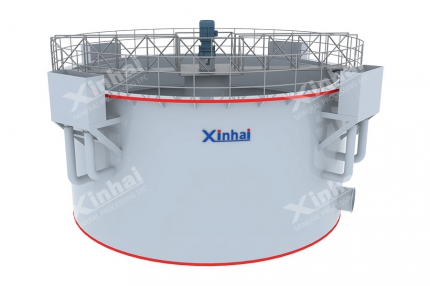In the face of complex and diverse gold resources, every miner focuses on efficiently carrying out beneficiation design, improving the gold recovery rate, selecting suitable equipment, and controlling the key process nodes.
This article will be from the gold ore types, beneficiation process, beneficiation equipment, and the key factors affecting the effect of beneficiation, etc., to give you a comprehensive understanding of the gold ore beneficiation process and help you take the wrong way, efficient gold extraction!
Use the table of contents below to navigate through the guide:
01Types of Gold Ores
Gold ores can be classified according to several factors, such as genesis, mineral composition, gold endowment state, degree of oxidation, industrial type, and the difficulty of the beneficiation process. The nature of different causes of gold ore varies greatly, and beneficiation methods also have their focus.
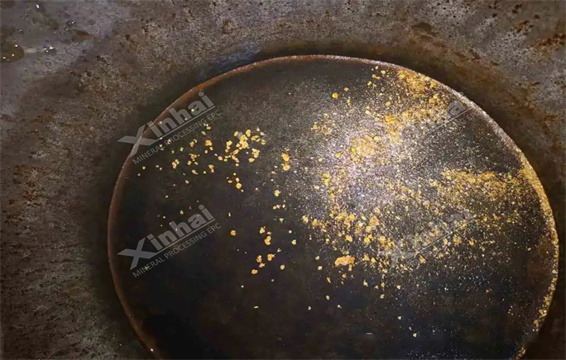
02Gold Ore Beneficiation Process
The gold ore beneficiation process mainly includes gravity separation, flotation, and cyanidation methods, often according to the type of gold ore, particle size, and the state of the gold endowment to choose a single process or a joint process to achieve high-efficiency recovery.
Gravity Separation
Gravity separation is a widely used technique that leverages mineral density differences to achieve separation. Under the combined action of gravity, fluid medium, and mechanical forces, minerals stratify into layers, separating gold from gangue minerals. This method is primarily used in the preliminary beneficiation of alluvial gold, eluvial gold, and some oxidized ores. It is also effective for recovering coarse-grained liberated gold before or after flotation or Cyanidation of vein-type gold ores.
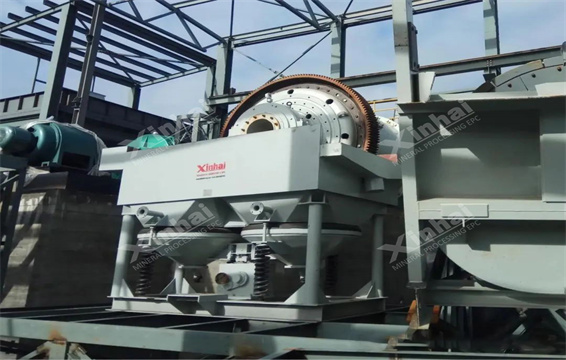
Gold Flotation
Gold flotation is particularly suitable for processing gold-bearing sulfide ores with strong floatability. It is especially effective for ores containing non-ferrous metals such as copper and lead, enabling comprehensive recovery of multiple metals. Typical process combinations include:
· Flotation followed by cyanide leaching of the concentrate
· Flotation followed by thiourea leaching
· Flotation → roasting → acid washing → cyanide leaching
These processes concentrate gold into the sulfide-rich flotation concentrate, improving overall metal recovery and resource utilization.
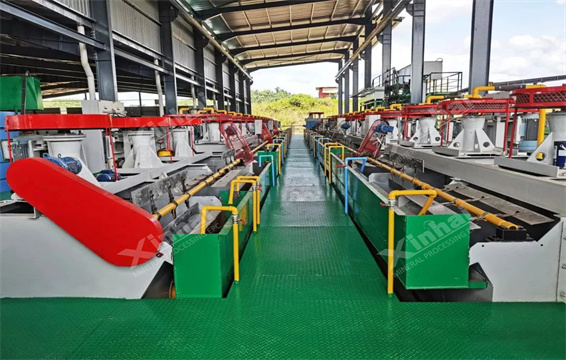
Cyanidation
Cyanidation is a fundamental gold extraction method and can be categorized into two main types: agitated Cyanidation and percolation leaching.
· Agitated Cyanidation is suitable for flotation concentrates or whole-ore slurries. Gold is leached using a dilute cyanide solution, and recovery is achieved through activated carbon adsorption. This method includes two main processes:
· Zinc Powder Precipitation Process (CCD and CCF methods): Gold is recovered by replacing it with zinc powder after counter-current washing.
· Carbon-In-Pulp (CIP) and Carbon-In-Leach (CIL) Processes: Activated carbon is added directly to the slurry for in-situ gold adsorption without filtration.
· Percolation Leaching, which includes heap leaching and vat leaching, is commonly used for low-grade oxidized ores. The cyanide solution percolates through the ore layers, dissolving the gold, which is then recovered using activated carbon, ion exchange resins, or zinc precipitation.
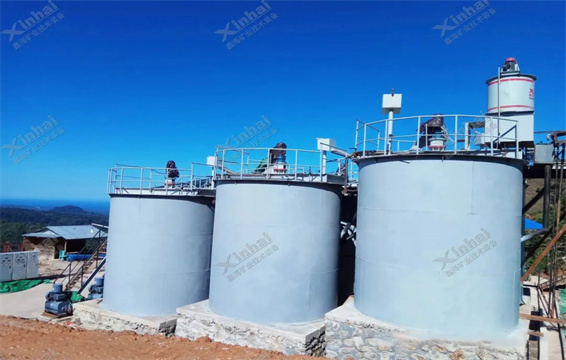
03Gold Ore Beneficiation Equipment
The gold ore beneficiation process includes crushing, grinding, classification, sorting, and leaching. Each stage must be matched with corresponding equipment to ensure the efficient extraction of gold.
Crushing equipment includes jaw crushers, hammer crushers, spring/hydraulic cone crushers, etc., which are used to crush the raw ore to the appropriate size.
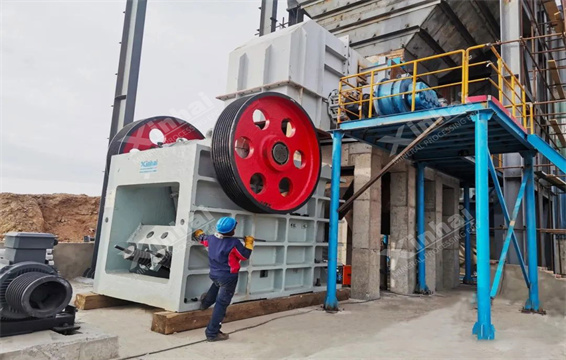
Grinding equipment mainly includes ball mills, autogenous mills, rod mills, and Raymond mills, which are used to grind the ore finely and realize the dissociation of single gold particles.
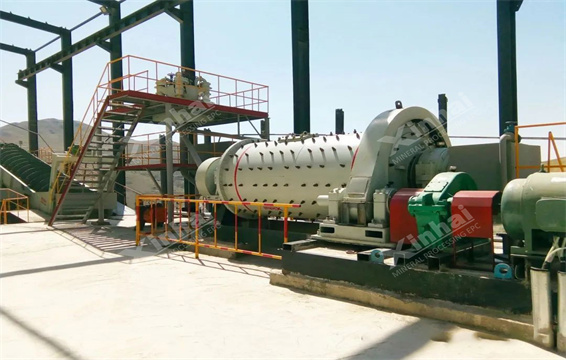
Classifier machine, such as a spiral classifier and hydrocyclone, can classify the ore slurry after grinding according to the particle size, and the fine-grained part enters the subsequent separation process.
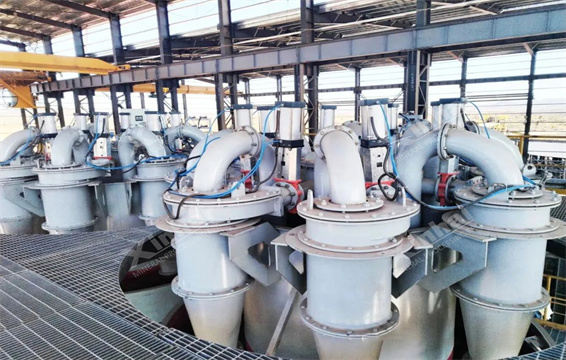
Flotation equipment mainly includes suction mechanical stirring flotation machines (SF flotation machine, BF flotation machine, XJ flotation machine) and inflatable mechanical stirring flotation machines (KYF flotation machine, XCF flotation machine), which are suitable for flotation of gold-bearing sulfide ores with strong flotation.
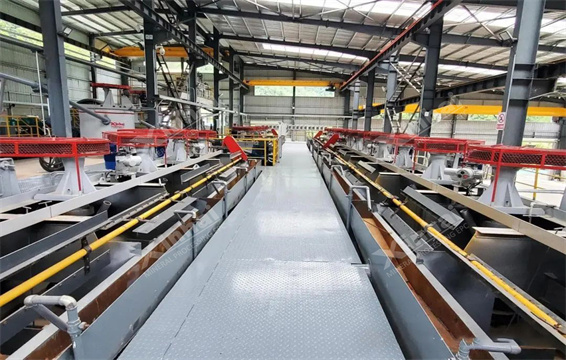
Gravity separators include a jigger, shaking table, spiral chute, etc. It is mainly used for processing alluvial gold ore, coarse-grained monolithic gold, and other types of gold ore.
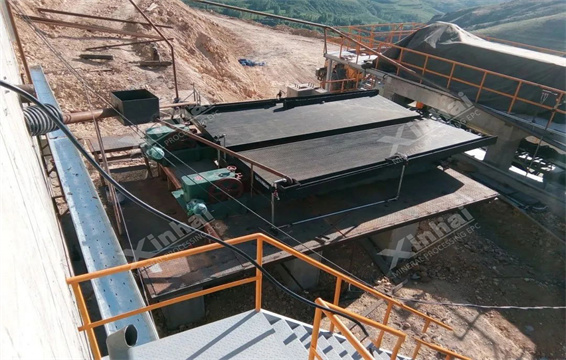
Cyanidation equipment includes a high-efficiency and low-consumption fast desorption electrolysis system, a double-imperator leaching agitation tank, a zinc powder replacement device, a two/three-layer washing concentrator, and a carbon screen adsorption and leaching system, which is the core equipment in the link between gold leaching and extraction.

Auxiliary equipment, such as conveyors, carbon storage tanks, air lifters, etc., are used for material conveying and stable system operation to ensure the smooth and efficient flow of the whole process.
04Factors Affecting The Effect of Gold Beneficiation
The effect of gold ore beneficiation is affected by various factors, mainly the nature of the ore, process parameters, the level of operation and management, and other factors.
Gold in the ores in the endowment form, particle size, and embedded characteristics directly determine the difficulty of beneficiation and recovery rate, which are the basic factors affecting the effect of beneficiation.
Beneficiation process control parameters significantly impact gold enrichment efficiency. For example, the solid-liquid ratio, pH value, slurry temperature, flotation chemicals' type and dosage, and cyanide leaching process conditions will directly affect the gold extraction efficiency.
The technology level and equipment operation status of the beneficiation site are also important guarantees to ensure the stability of the beneficiation and recovery rate. Standardized management, proper operation, and efficient equipment operation will help improve the overall beneficiation efficiency and gold recovery rate.
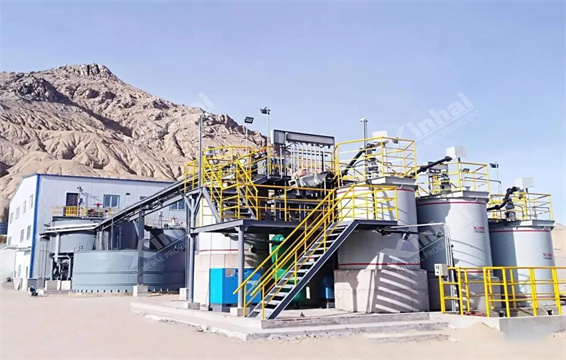
05Xinhai Mineral Equipment-Gold Mining Project Cases
【Plant Selection Case】 Mongolia 2 Million t/a Gold Ore Beneficiation Plant Project
【Plant Selection Case】 Guinea 6,000t/d Gold Ore Beneficiation Plant Project
In conclusion, gold ore dressing is a complex and multi-link process involving various processes, equipment selection, and application. Enterprises should first conduct a mining equipment design, and according to the nature of gold ore, market demand, and their actual situation, choose the appropriate beneficiation process and equipment, strengthen the operation management and production control, improve the grade and recovery rate of gold ore, and realize the win-win situation in terms of economic and environmental benefits.


 marketing@ytxinhai.com
marketing@ytxinhai.com  0086 13810327080
0086 13810327080 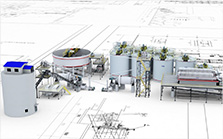
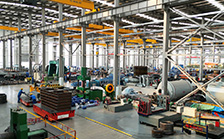
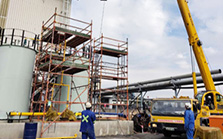
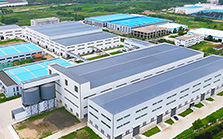
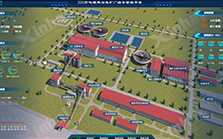
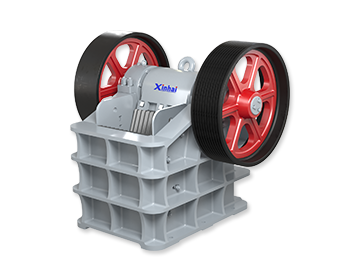
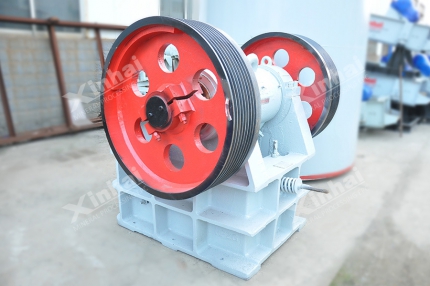

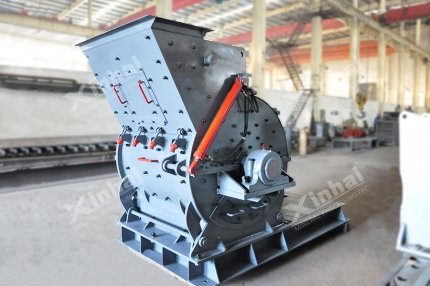
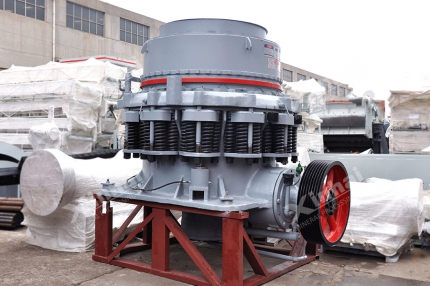
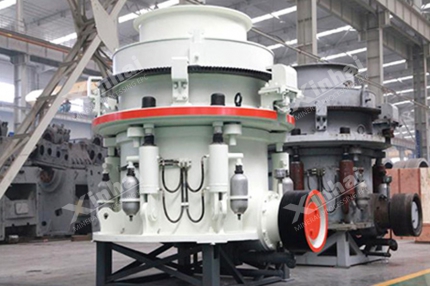
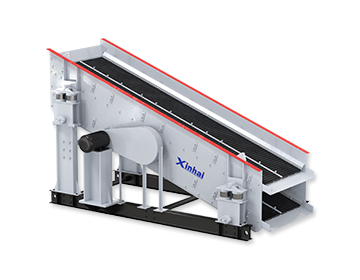

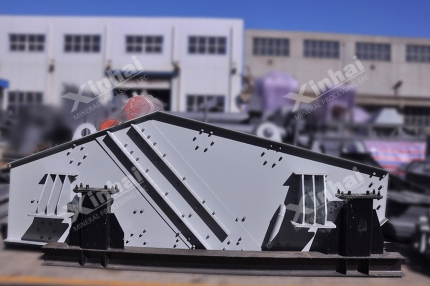
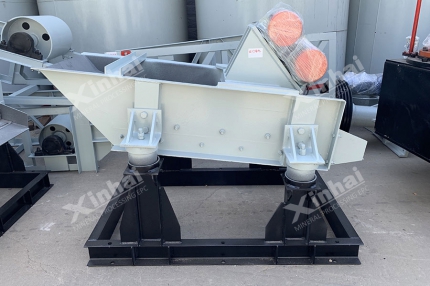
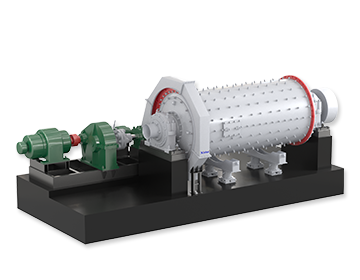
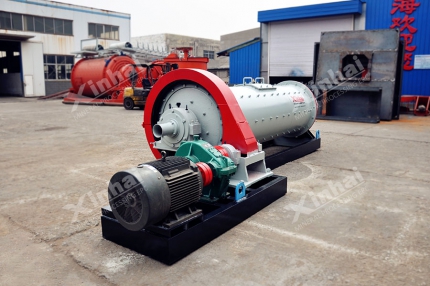
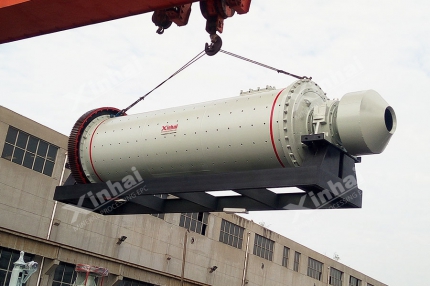
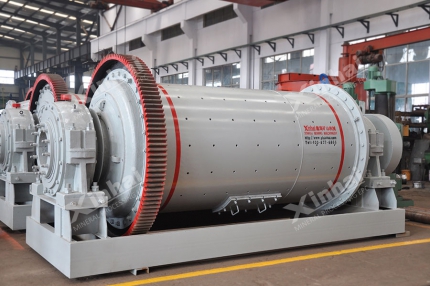
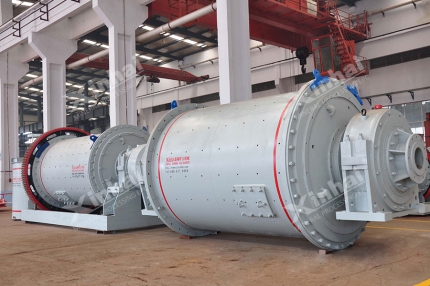
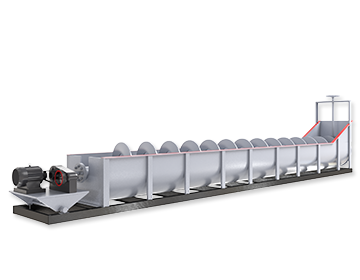
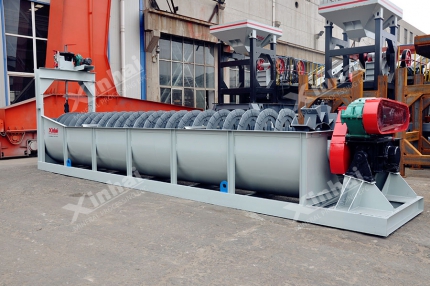
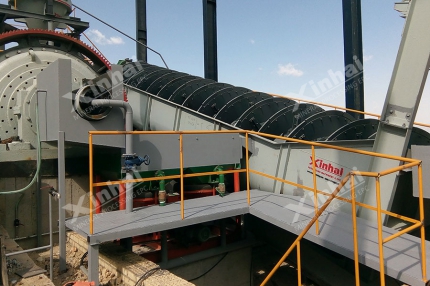
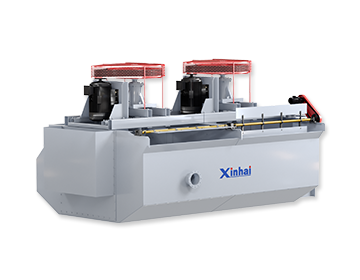
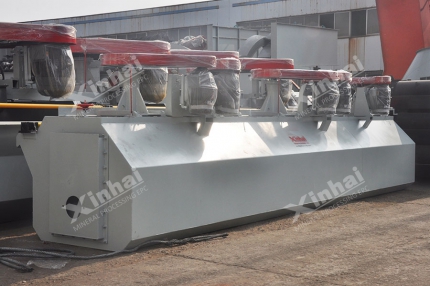
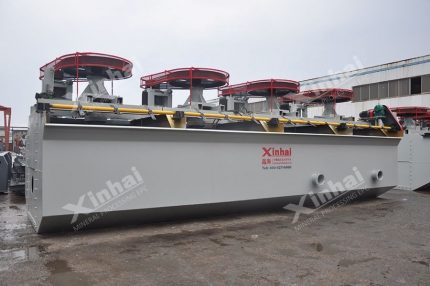
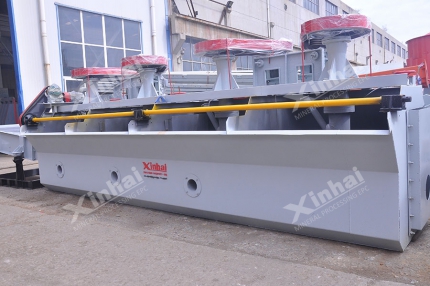
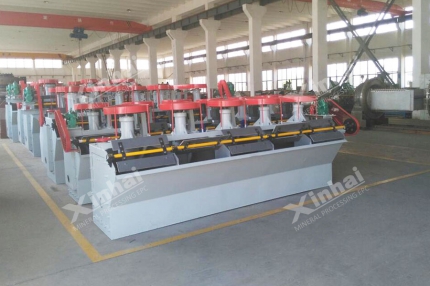
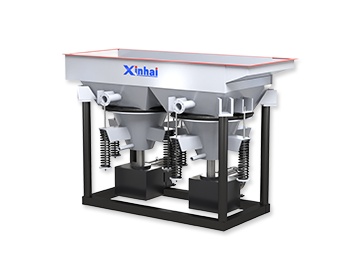
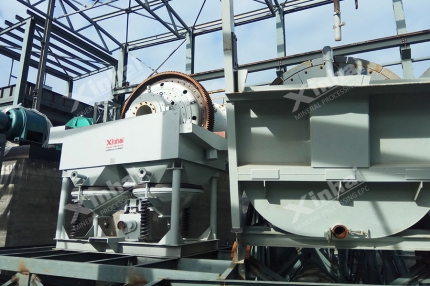
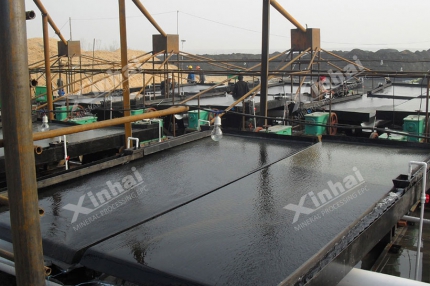
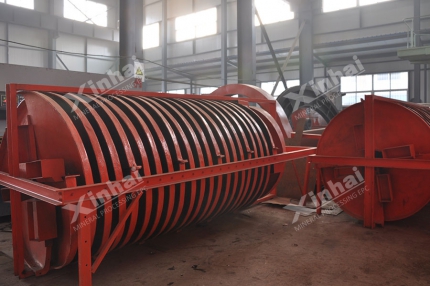

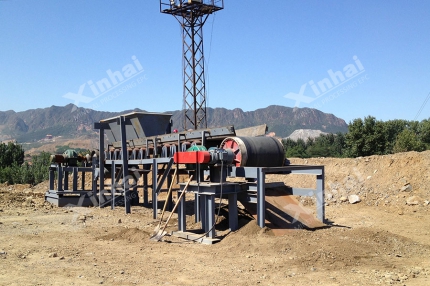
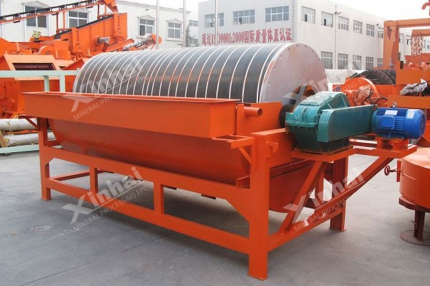
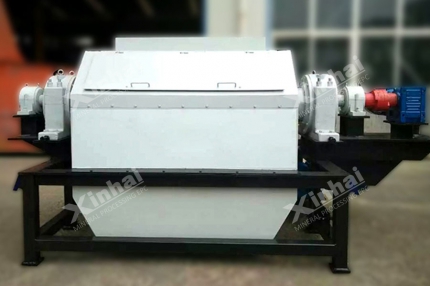
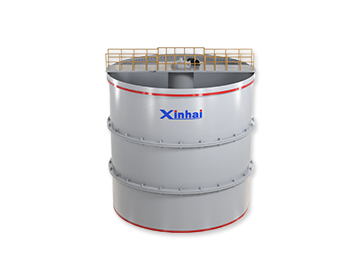
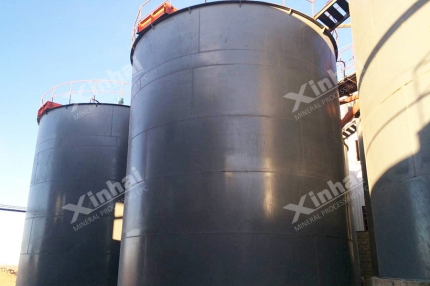
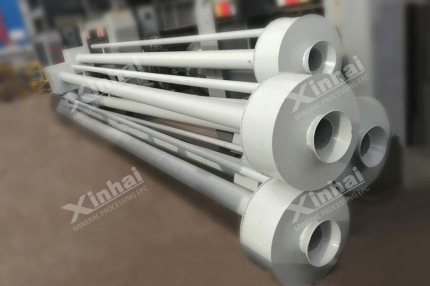
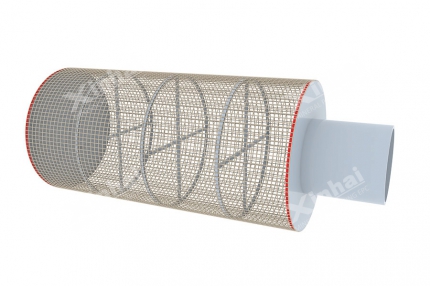
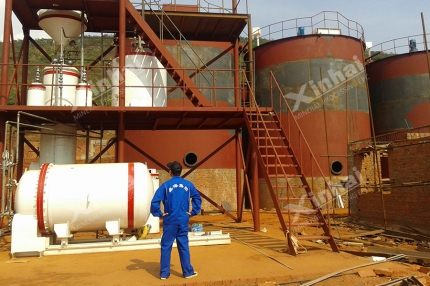
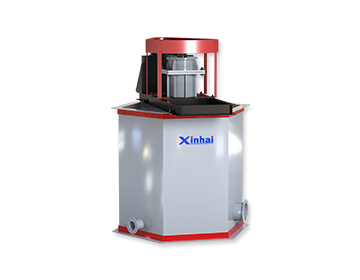
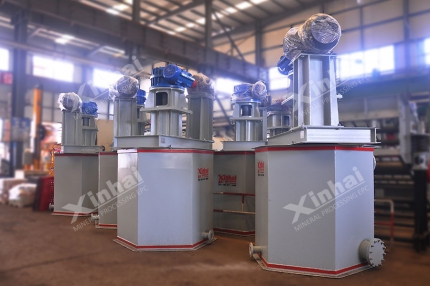
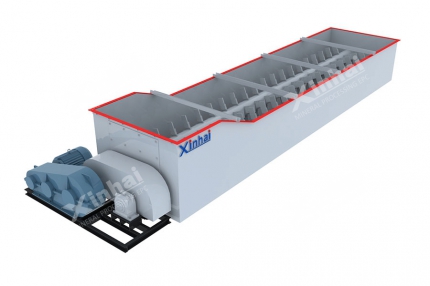
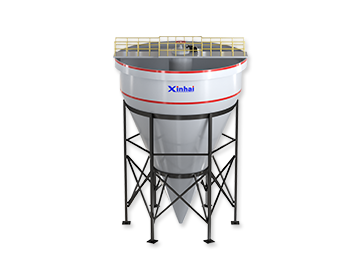
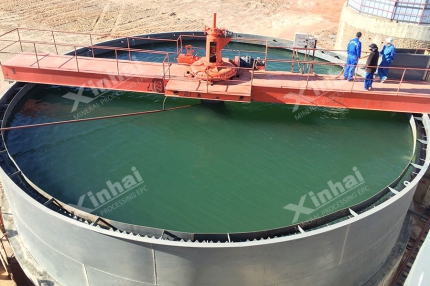
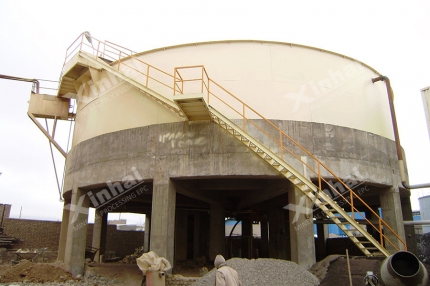
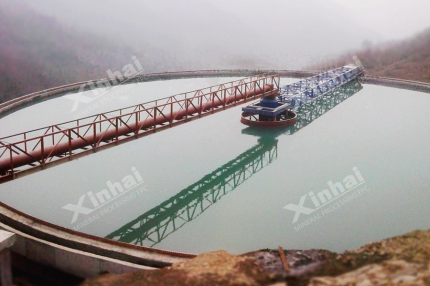

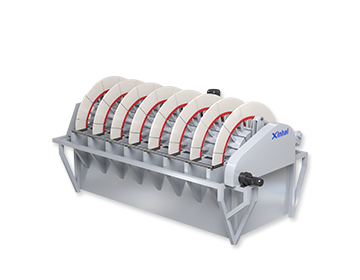
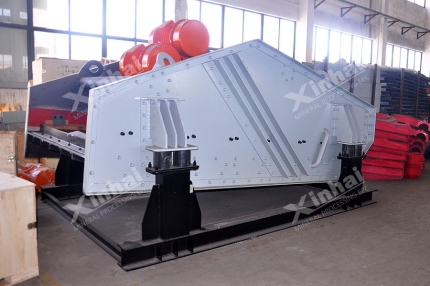
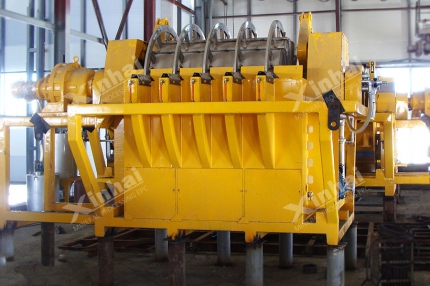
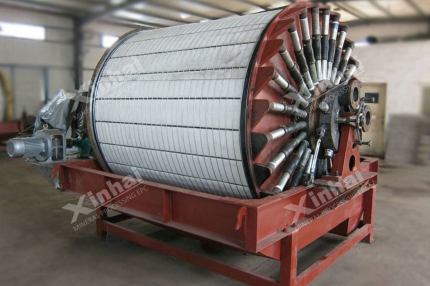
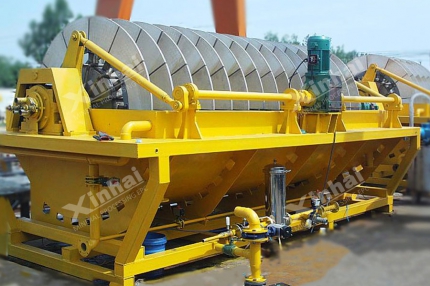
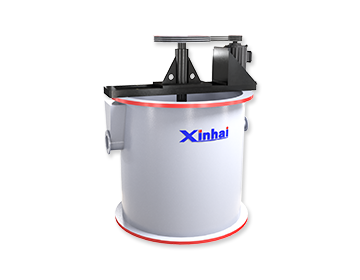
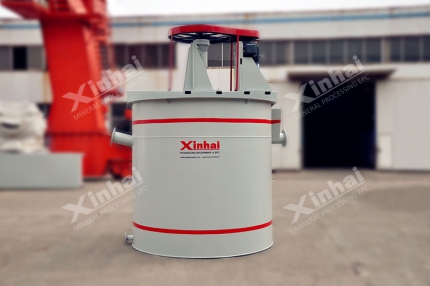
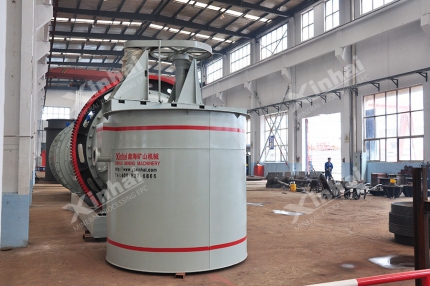
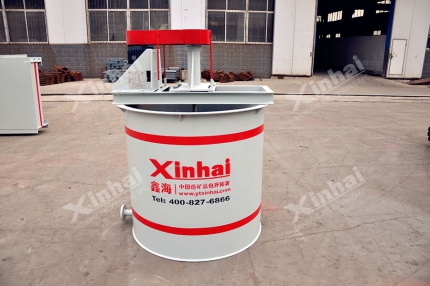
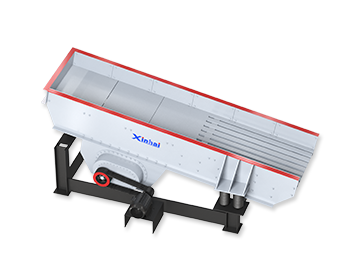
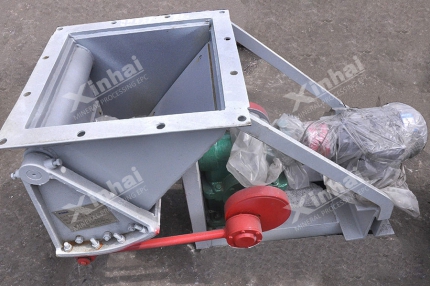
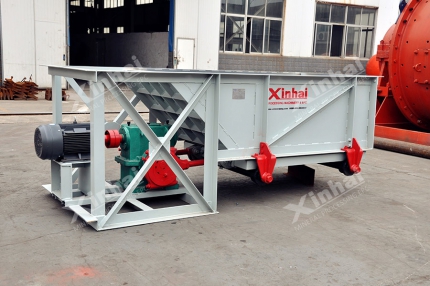
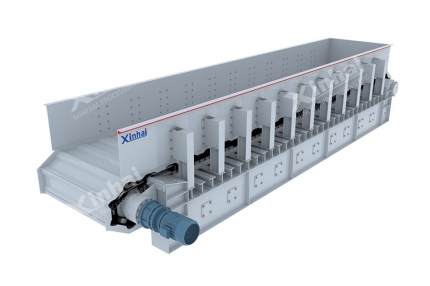
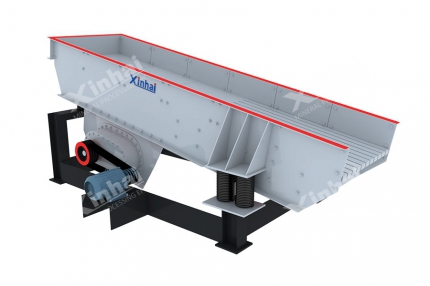

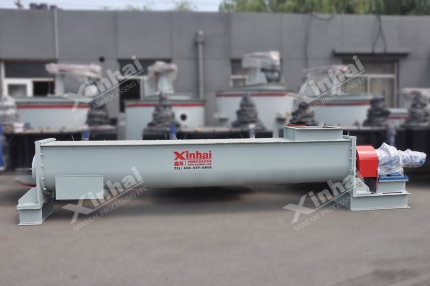
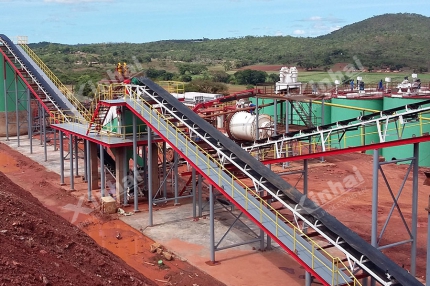
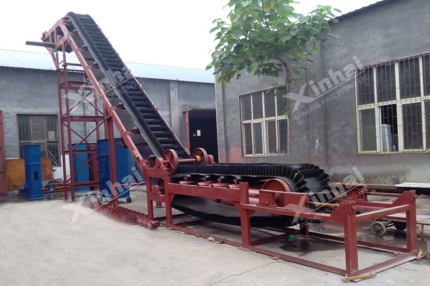
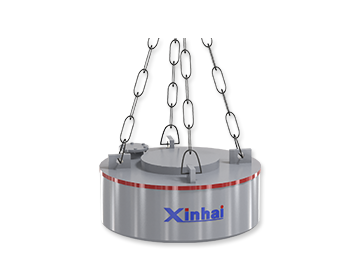
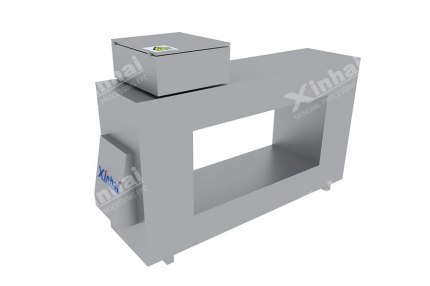
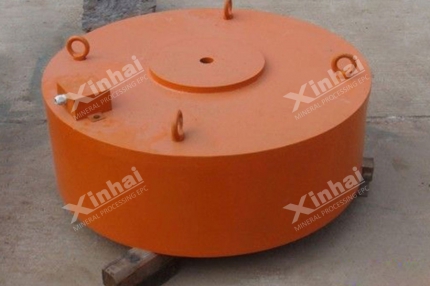
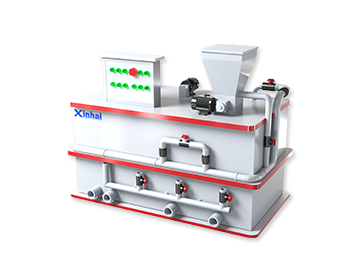
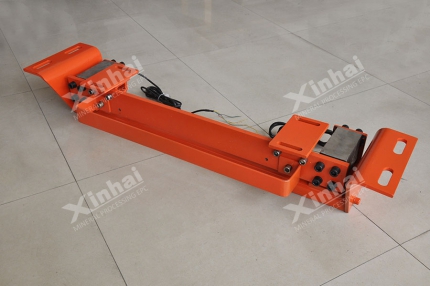
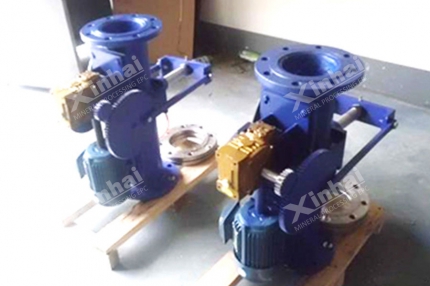
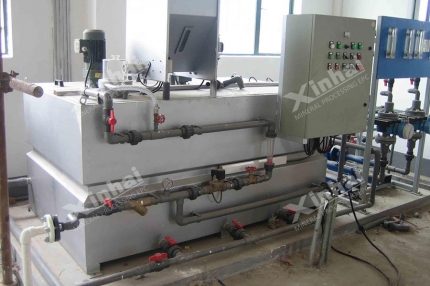
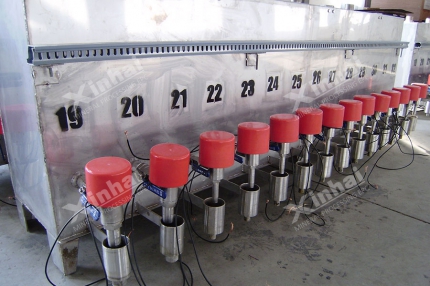
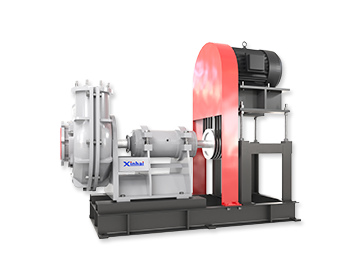
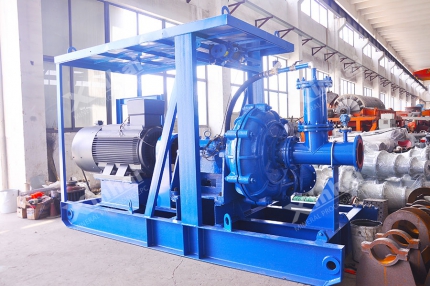
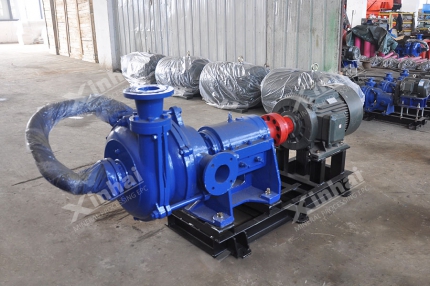
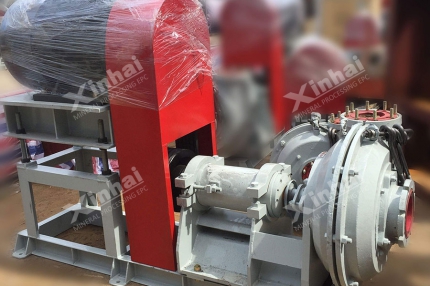
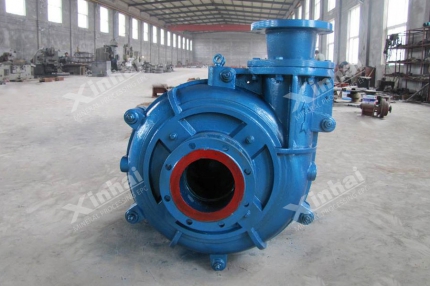
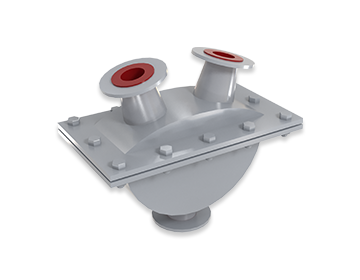
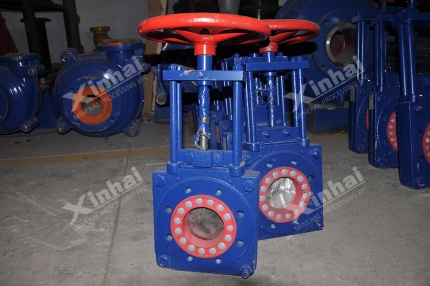
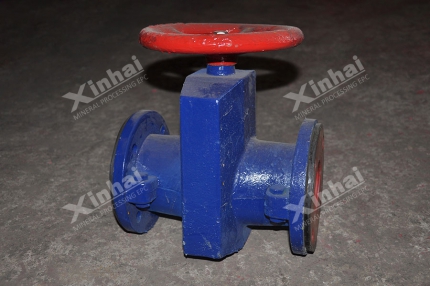
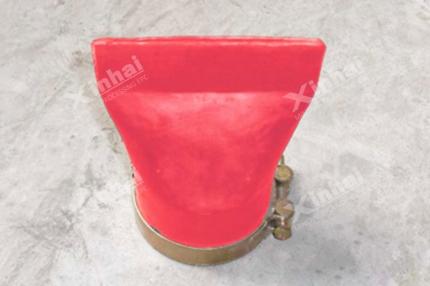
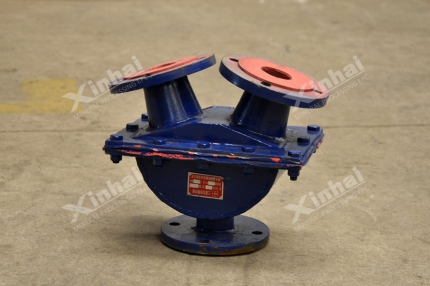

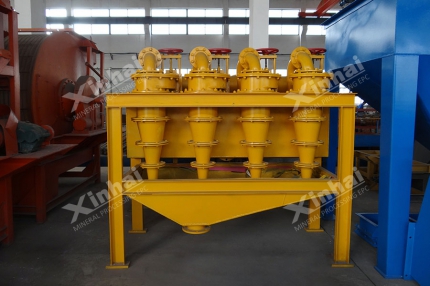
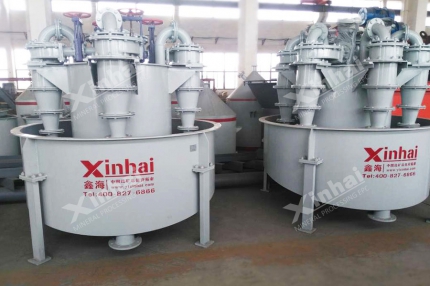
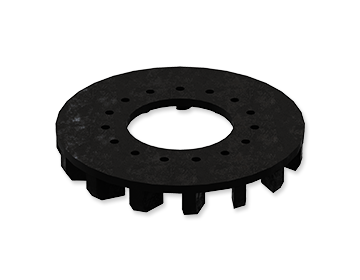
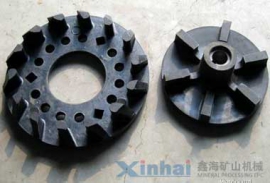
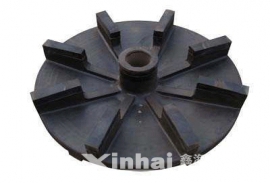
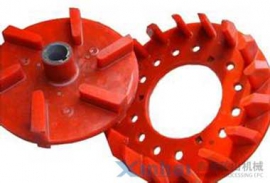
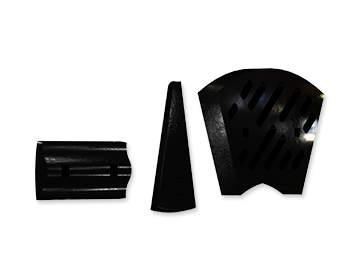
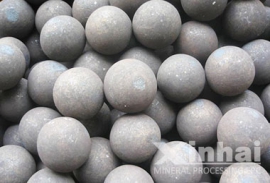
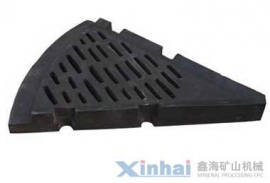
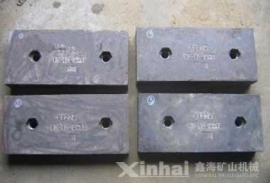
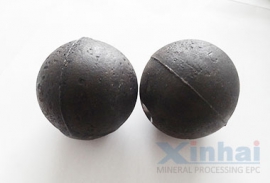
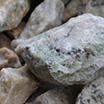
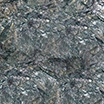

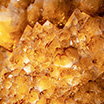


 CHAT
CHAT MESSAGE
MESSAGE










